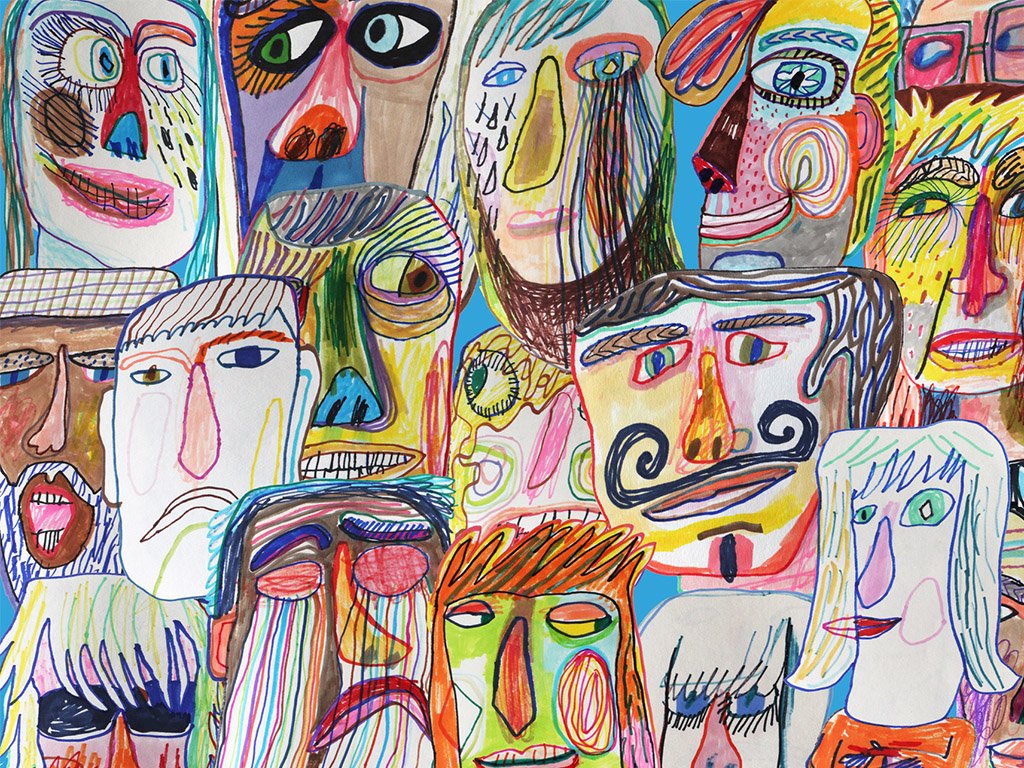While domestic violence is prevalent everywhere, living in Hawai‘i presents its own set of challenges for those experiencing domestic violence.
October is Domestic Violence Awareness Month. Many people think domestic violence is a private issue, as it often occurs at home behind closed doors. However, domestic violence seeps into every aspect of our society. It tears families apart, has lasting negative impacts on childhood development—and can have a ripple effect on schools, businesses and health care systems.
While domestic violence is prevalent everywhere, living in Hawai‘i presents its own set of challenges for those experiencing domestic violence. Due to our high cost of living, people may feel trapped in situations because they don’t have the resources to afford housing or food. Leaving an abuser especially can be challenging since we run into people everywhere, and the only way off the island is a plane ticket.
We can all take a step toward addressing this serious issue by learning about the realities of domestic violence in Hawai‘i.
Myths and Realities About Domestic Violence
Myth #1: It’s only physical.
Many people think of domestic violence as strictly physical abuse, but abuse can take many forms such as emotional, financial or verbal. Domestic violence occurs when someone attempts to gain power and control in an intimate relationship. Abusers may even cause isolation or use keiki to manipulate their victims.
Myth #2: Victims can just leave.
While it sounds like an easy choice to leave an abuser, it’s not always so simple. Low self-esteem, financial restraints, children and fear of retaliation are all reasons victims find themselves stuck in an abusive relationship. Statistically, survivors are often in the most danger of being seriously injured or even killed right after they leave a violent relationship.
Myth #3: It’s an anger problem.
Domestic violence and anger management problems are different. Domestic violence is a targeted form of aggression, specific to an intimate partner.
Myth #4: It’s related to poverty, education or substance abuse.
Domestic violence can affect anyone. It does not discriminate based on wealth, education, race or where you live. Substance abuse can play a role in escalating domestic violence, but it is not a cause—just an excuse.
Myth #5: It’s a personal family issue.
People are sometimes hesitant to get involved because it’s not their kuleana. However, domestic violence is a societal issue and victims need support. Don’t be a bystander — be a kama‘āina who stands up and says something. It can be as simple as asking if you can help or offer resources.
Myth #6: There’s no support for domestic violence victims.
In Hawai‘i, there are programs for survivors to get help. Child & Family Service, the Domestic Violence Action Center (DVAC) and Parents And Children Together (PACT) are just some of the organizations that victims and survivors of domestic violence can turn to for help.
Although domestic violence can seem like an overwhelming issue to tackle, we can all do our part to spread awareness and look out for each other. Together, we can break the cycle of domestic violence and make our communities safer.
Where To Get Help:
- Parents And Children Together – Domestic Violence Prevention & Intervention, (808) 832-0855, Ohia domestic violence shelter (808) 526-2200, [email protected], pacthawaii.org
- Child & Family Service, (808) 841-0822 or (808) 681-3500, childandfamilyservice.org
- Domestic Violence Action Center, (808) 531-3771 or toll-free 1-800-690-6200, domesticviolenceactioncenter.org
Edward “Ted” Hayden is the Program Director for the Family Peace Center at Parents And Children Together, a Hawai‘i nonprofit providing early childhood education and social services to nurture the relationships that matter most for local children and families. For more information, visit ParentsAndChildrenTogether.org.
Parents And Children Together is partnering with HONOLULU Family in a series of articles on creating safe and promising futures for Hawaii’s children and families.


